I have read many articles and blogs about the need to rethink how large arts organizations function. Owing to the major financial challenges currently faced by ballet companies, opera companies and especially orchestras, there is a call to rethink the current model of operations.
I, too, believe that new ways of operating are healthy and inevitable. New artists, in particular, will need to find ways to support developing and marketing a project. It is astonishing how much ingenuity artists with something to say can demonstrate. This is what keeps the arts ecology vital and fresh.
But I do object when an author suggests that because the current models are not working for some groups or in some situations, we must completely rethink the way an entire art form is presented.
It concerns me when people call for the end of symphony orchestras, ballet companies or modern dance ensembles.
Yes they are expensive and hard to fund, and many people find the work of these organizations no longer relevant to their lives.
But the art is still valid and many people still do think of the art as relevant -- there are still many more tickets sold and much more money donated to these large institutions than to smaller projects.
My advocacy for these large companies arises, in part, from my unease that funding for the arts can be maintained without the tremendous assistance of the families that support ongoing organizations of size and stature.
But my concern is also an artistic one. So much great art is dependent on the need for ensemble. The great orchestras and dance companies are great not simply because of the agglomeration of talented artists but also because of the amount of time these artists have worked together to create an aesthetic.
When celebrity orchestras are assembled for a gala, for example, they are never as good as a leading professional orchestra because they have not been working together long enough to establish the give and take of a great ensemble. The best ballet companies are the ones whose corps de ballet members breathe together. It was astonishing to watch the Paris Opera Ballet perform Giselle at the Kennedy Center last spring, or to watch the corps de ballet of the Mariinsky Ballet perform the "Shades" scene from La Bayadère. The dancers know each other and have built a cohesive unit that no all-star assemblage could mimic.
Spontaneity, invention, and improvisation have an important role in art-making. But the best improvisers in jazz, for example, have playing partners who they trust and know.
It can take many years, if not decades, for artists to establish this remarkable rapport. Let's not undervalue it and, worse, discard it entirely.
So before we throw the baby out with the bath water, let's really think about the best of each art form and how we need to organize to support it. There is plenty of room for the new while still respecting the established.
